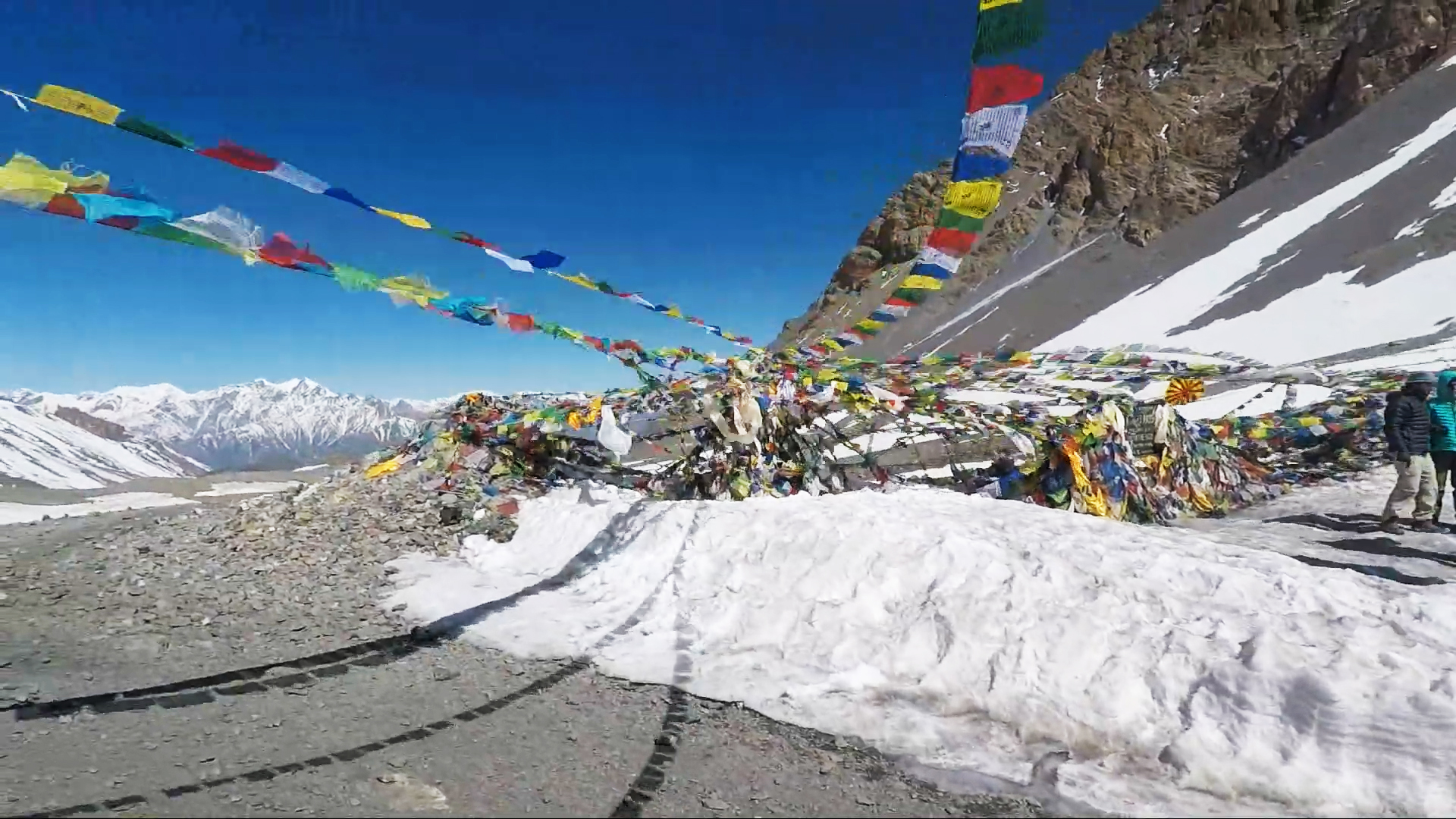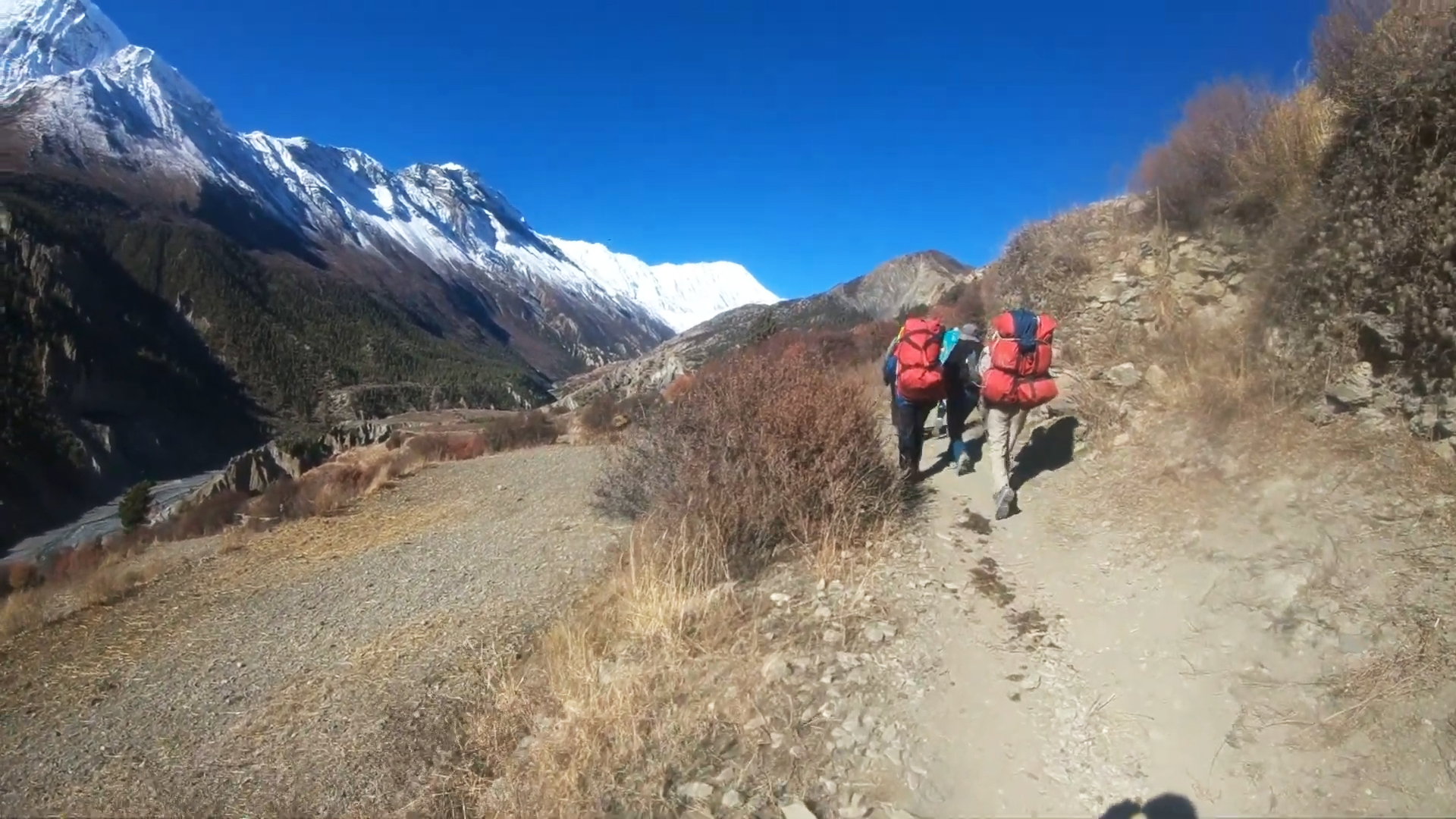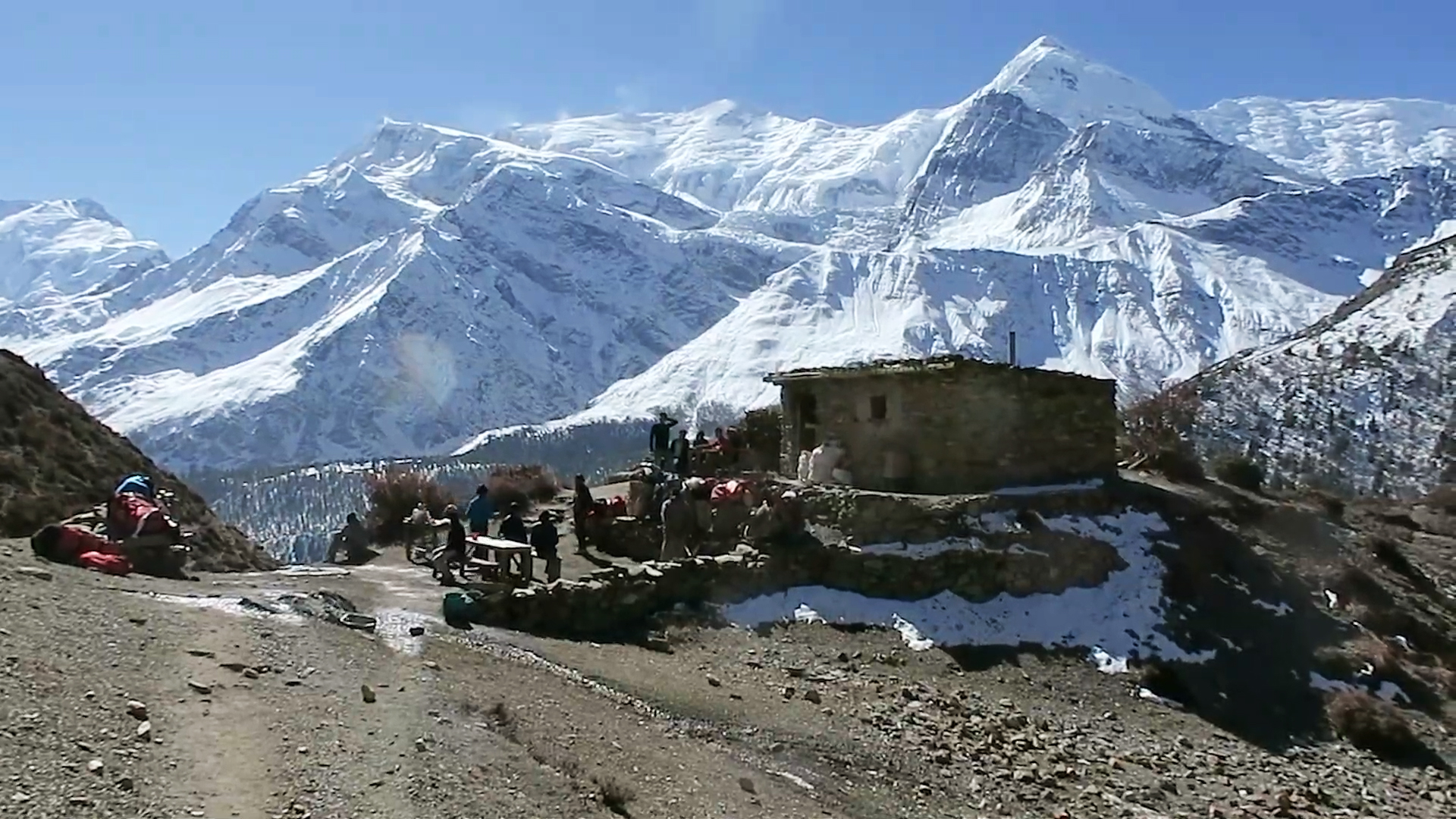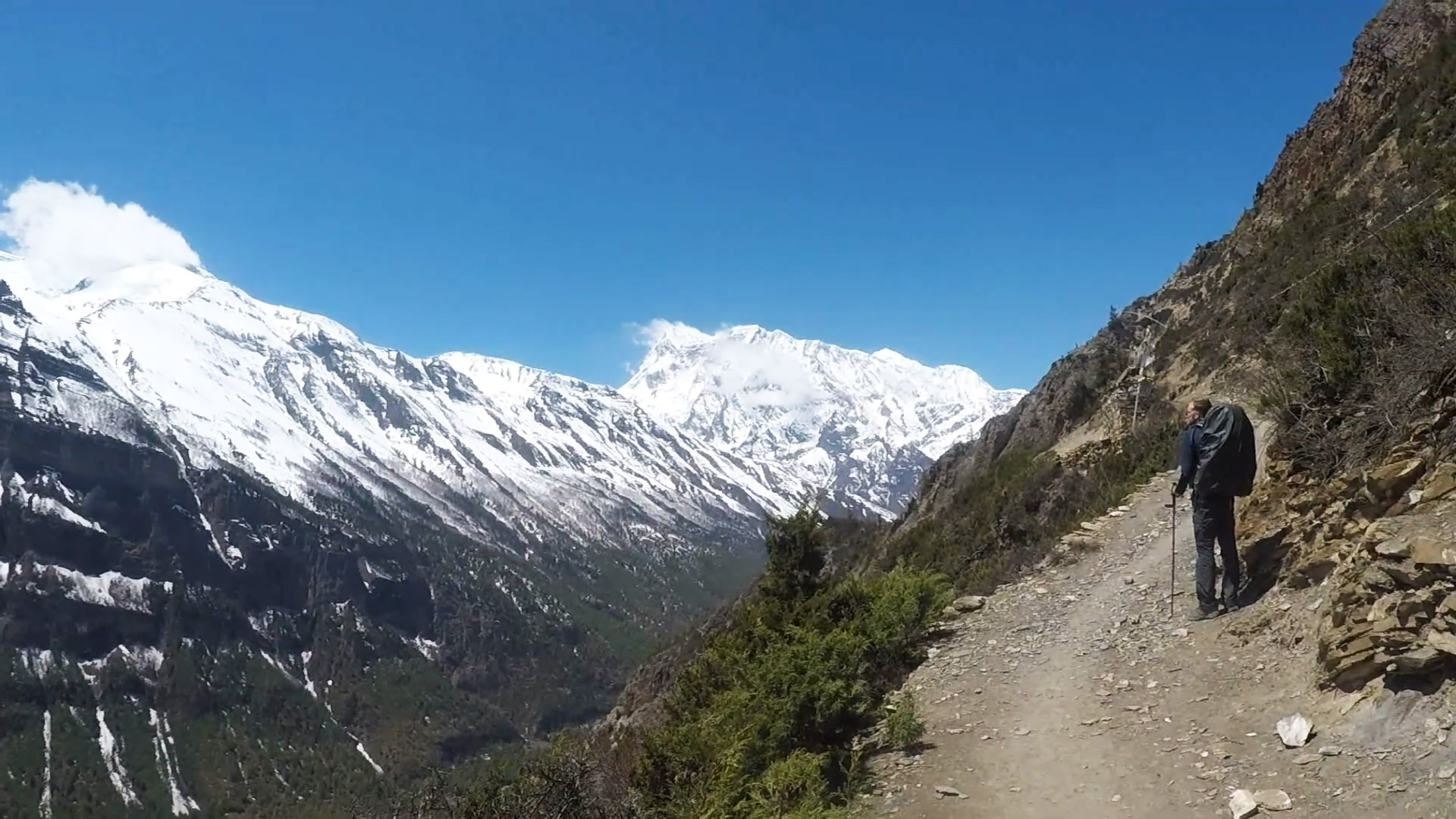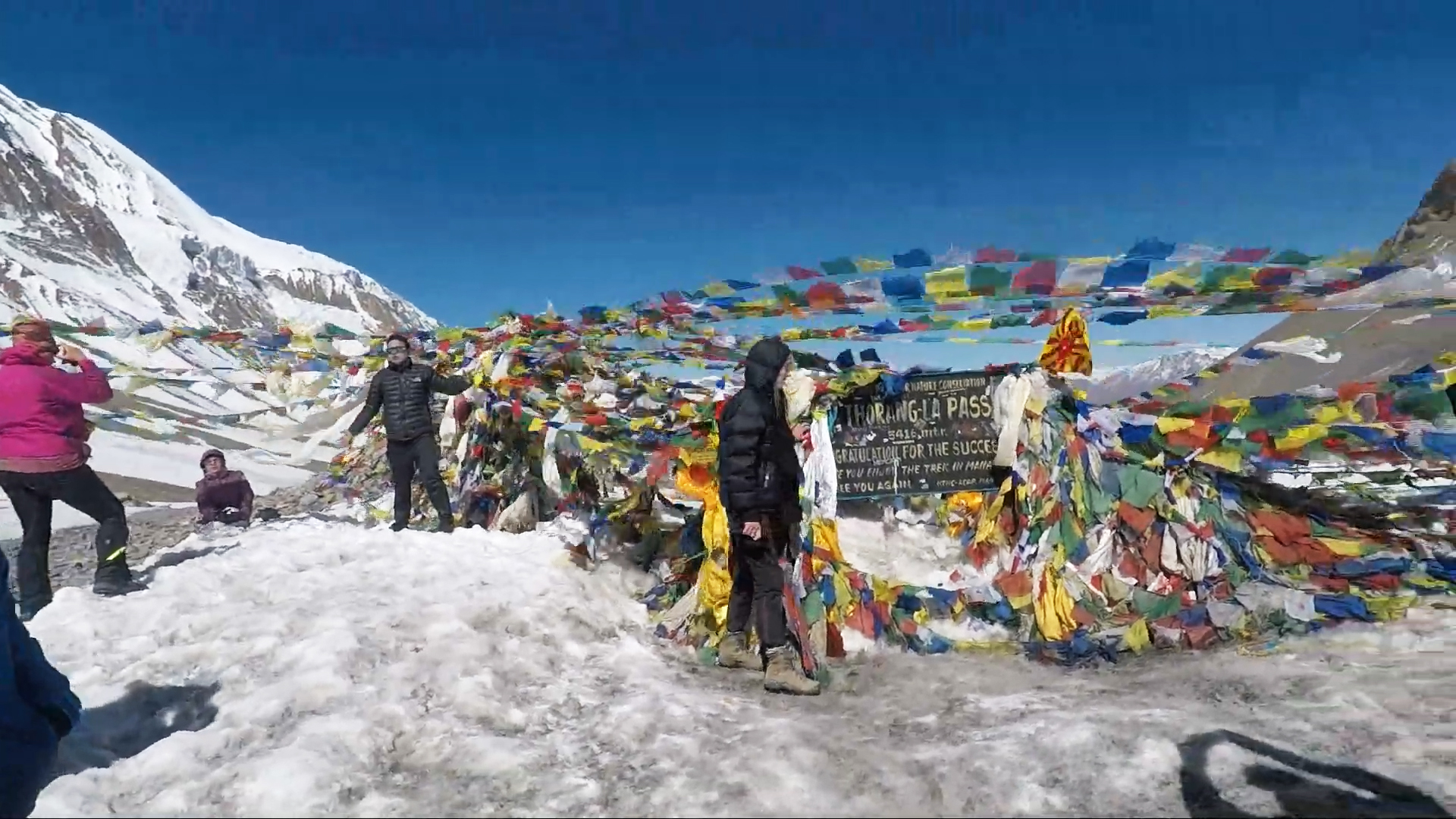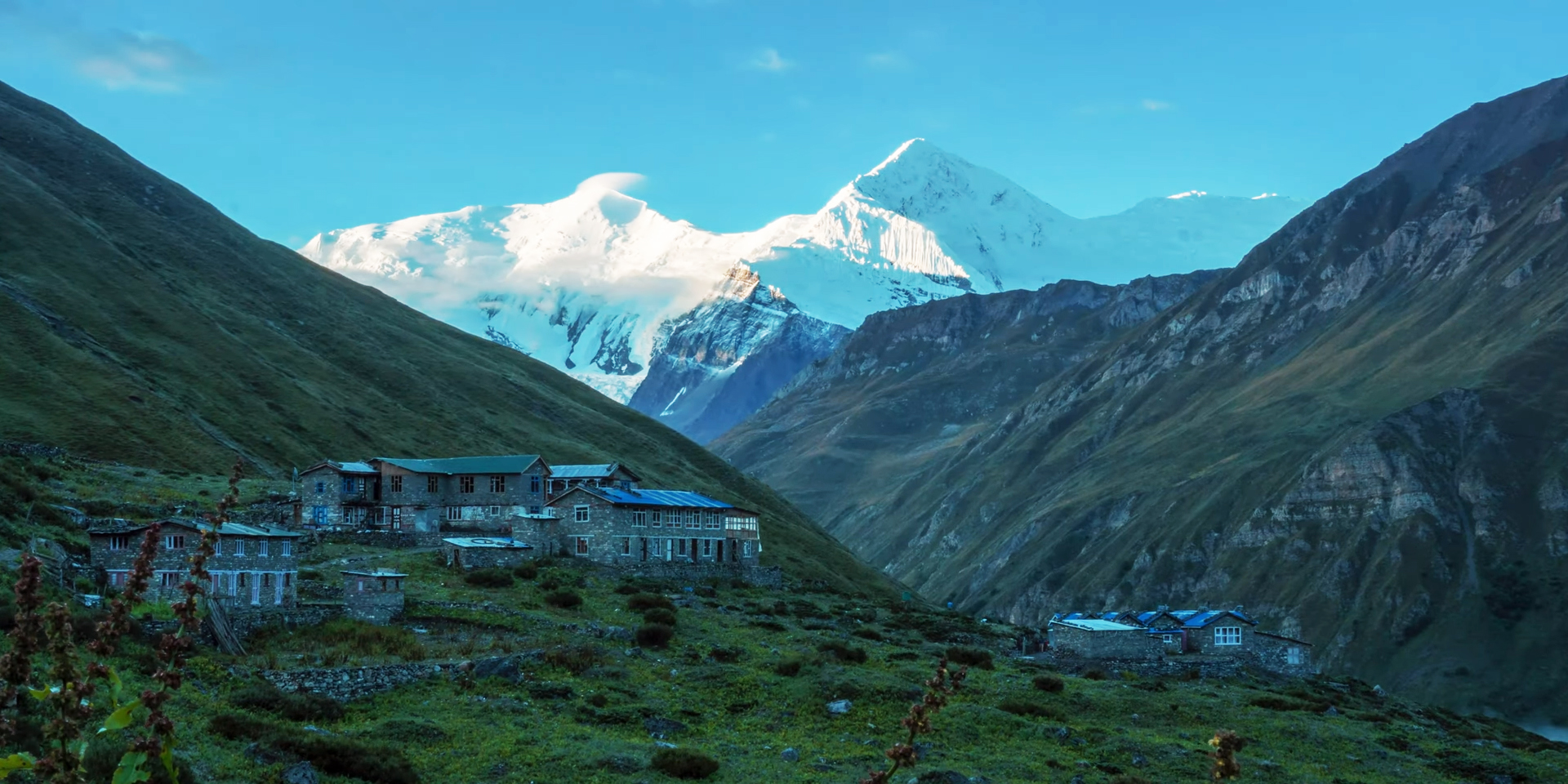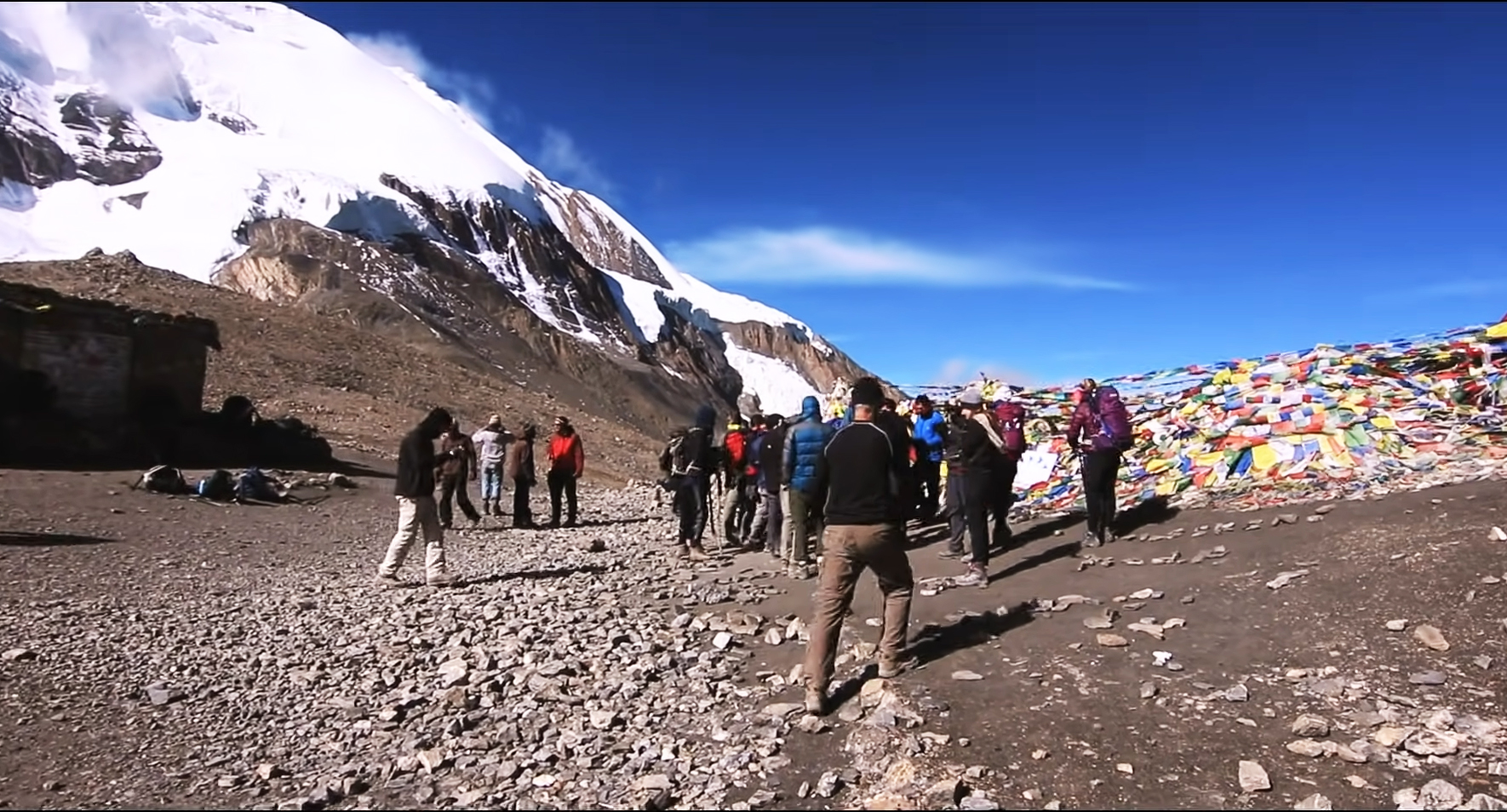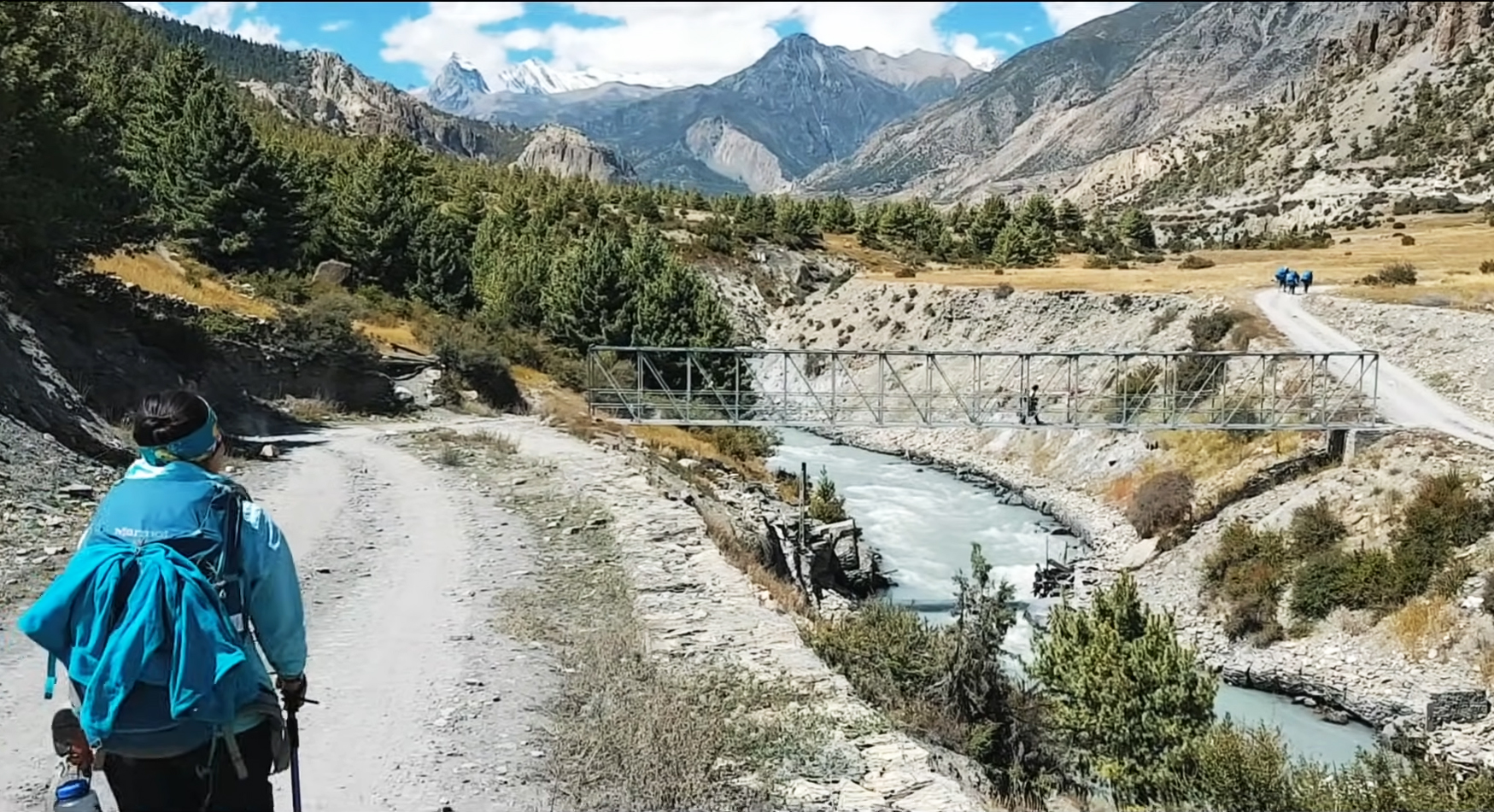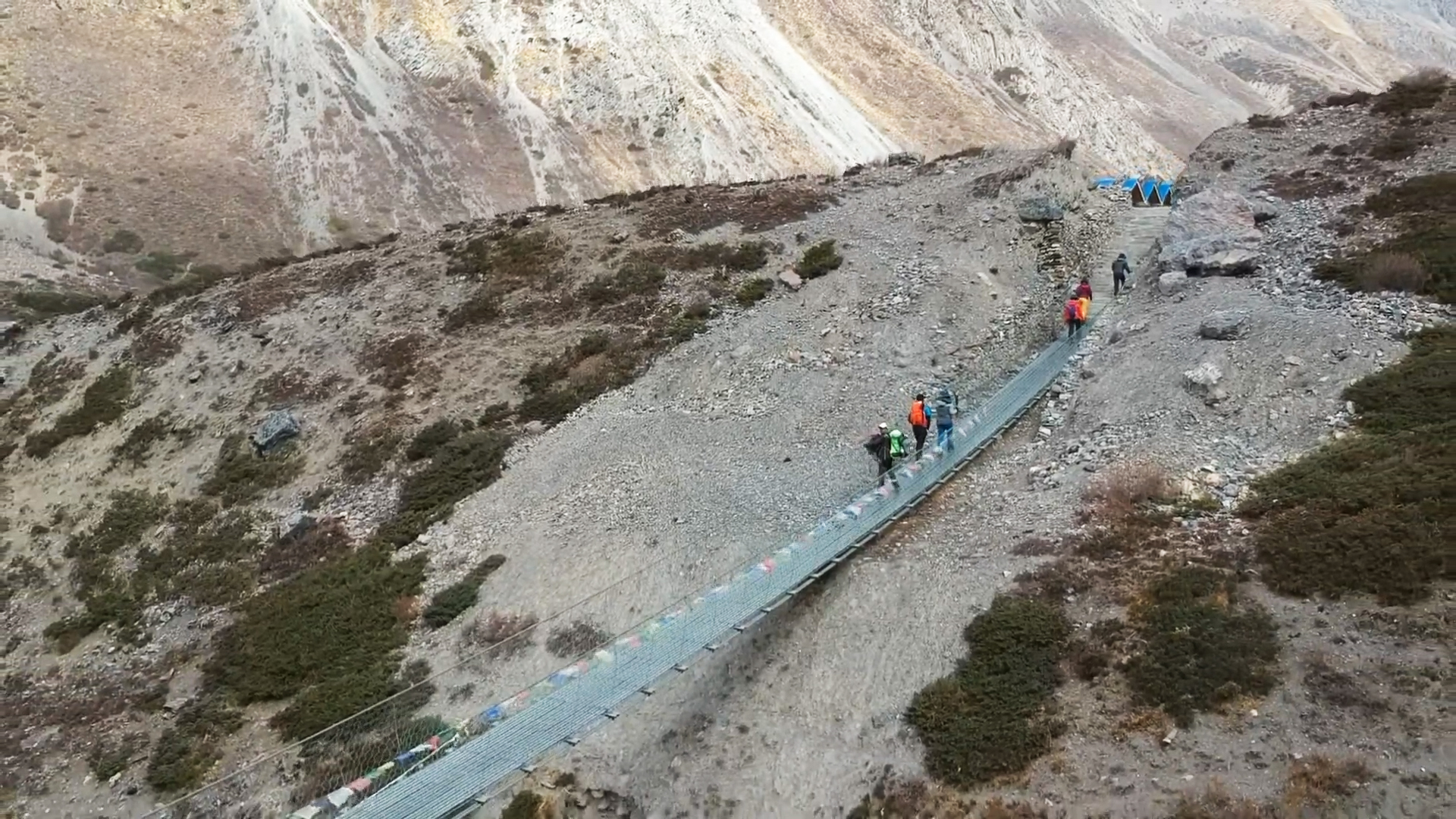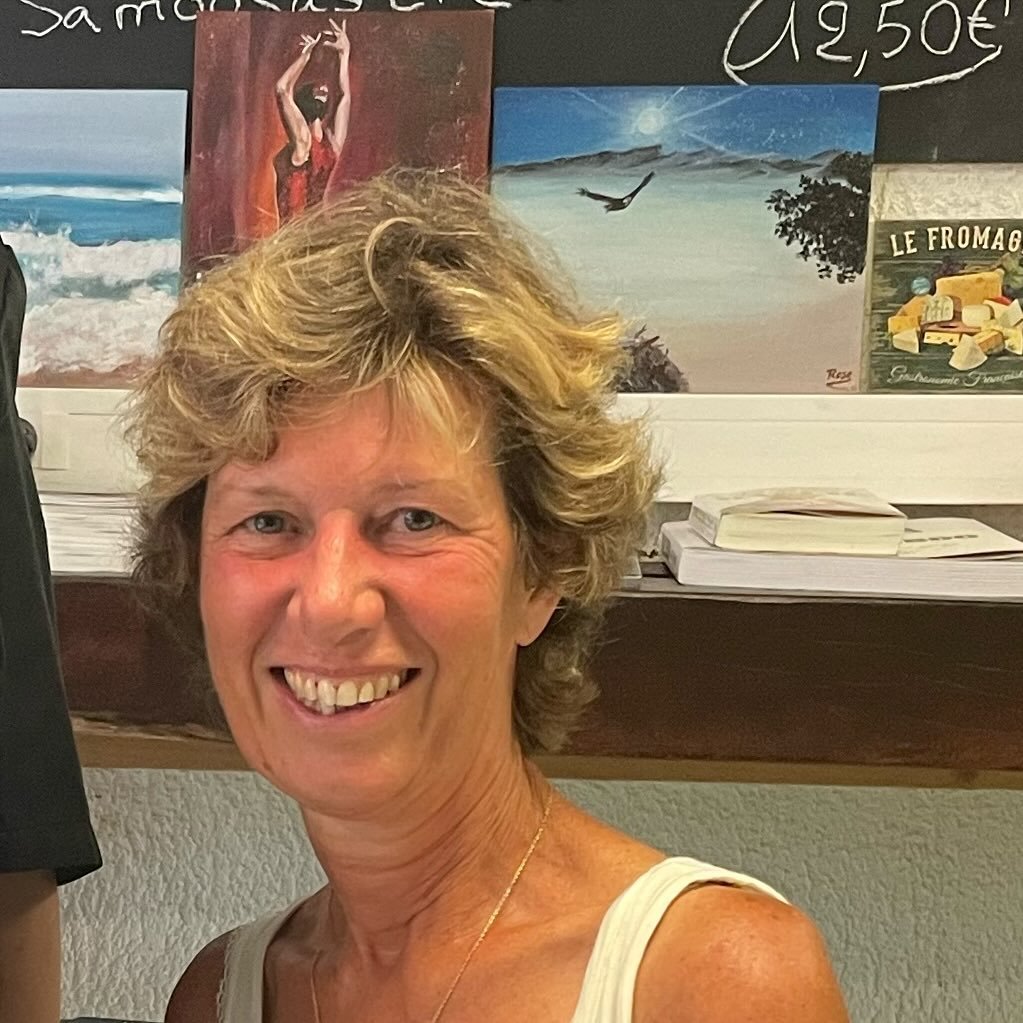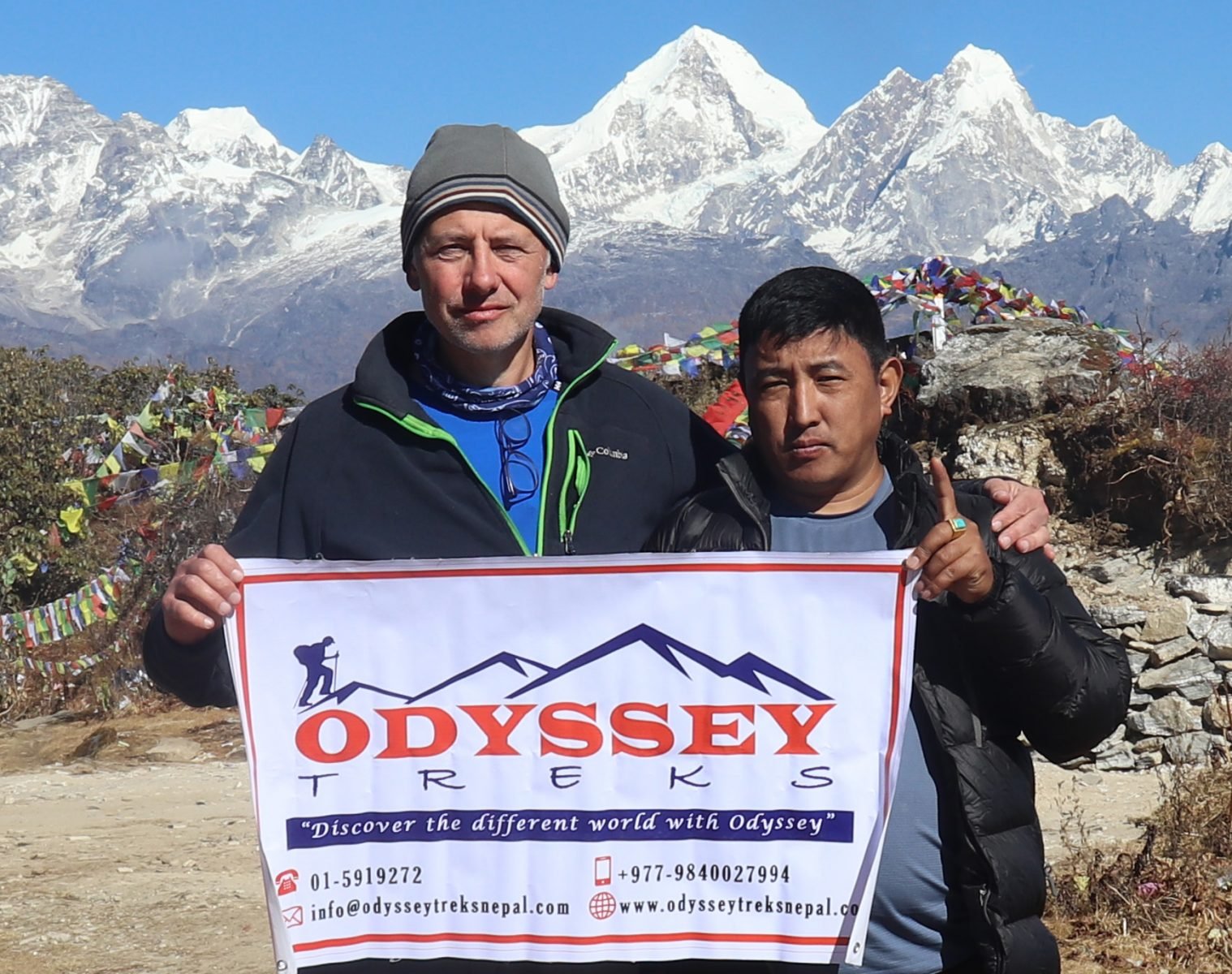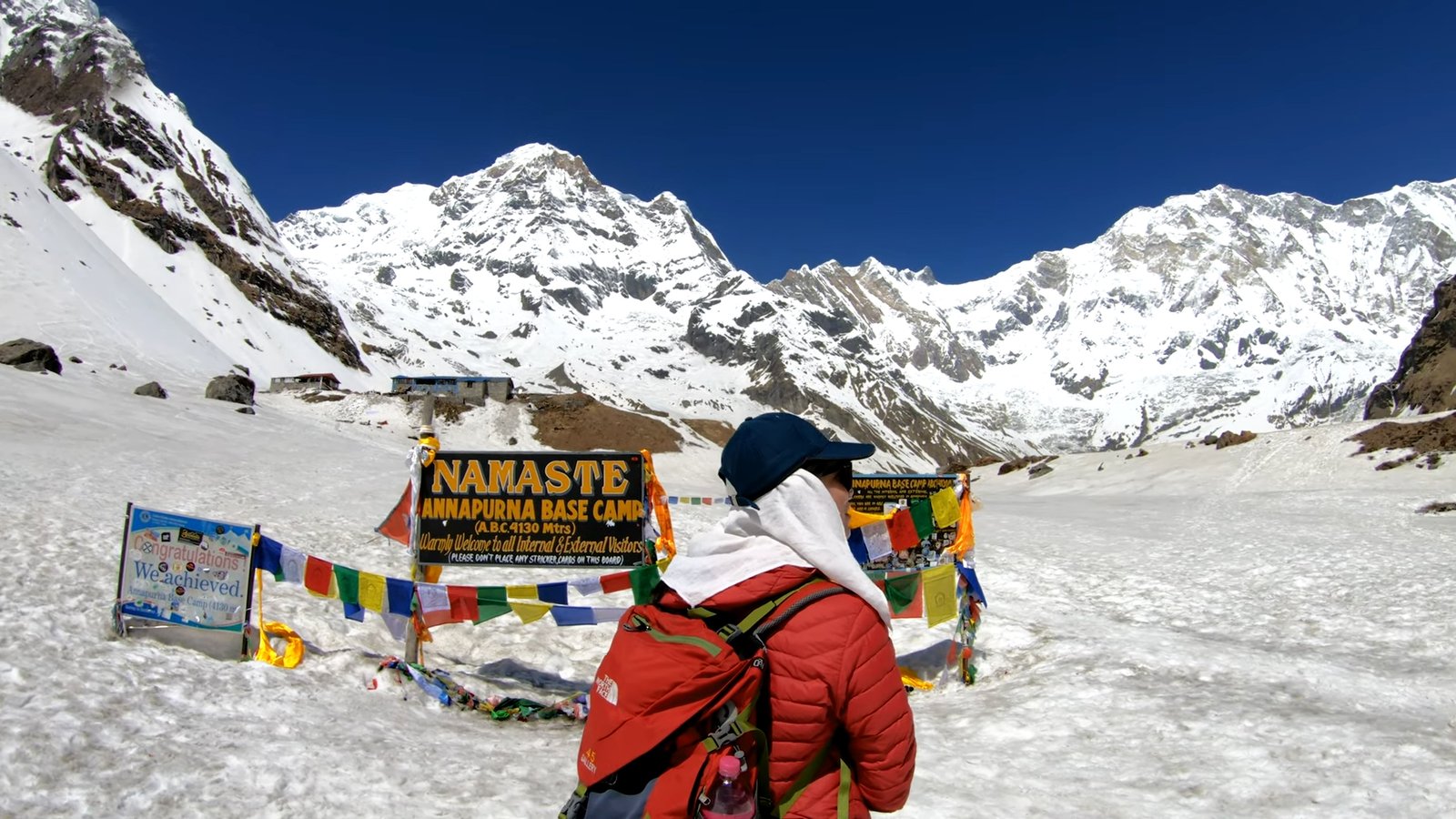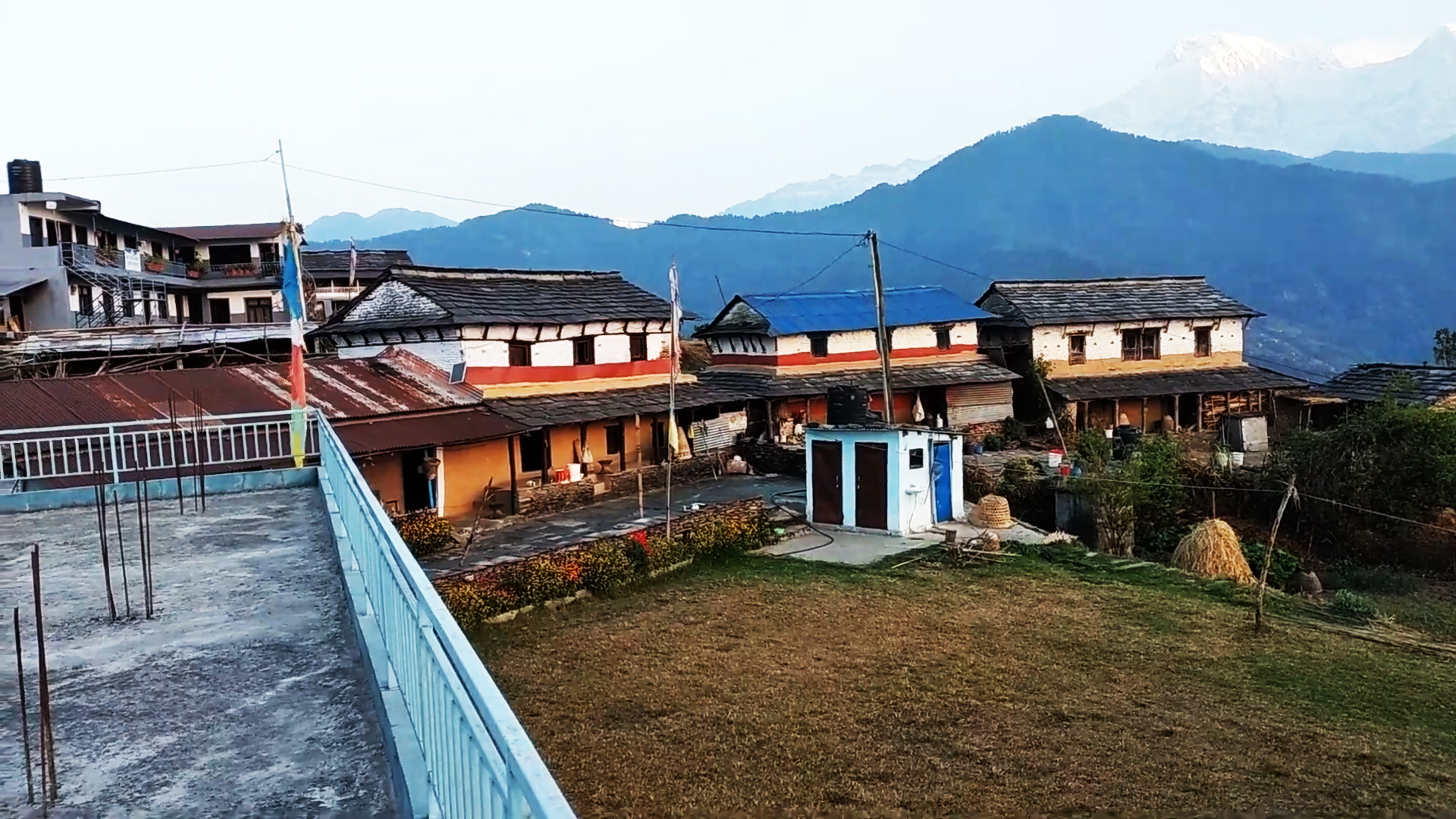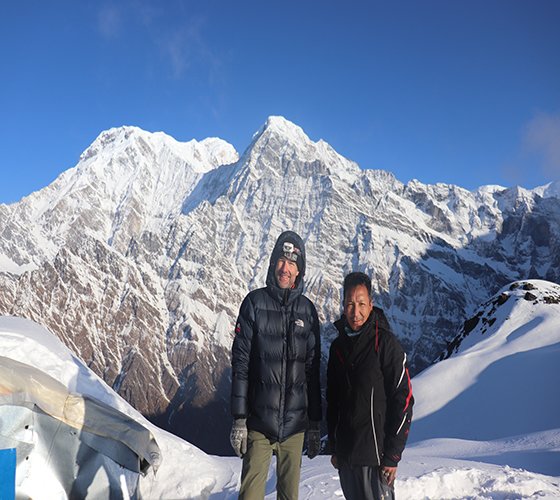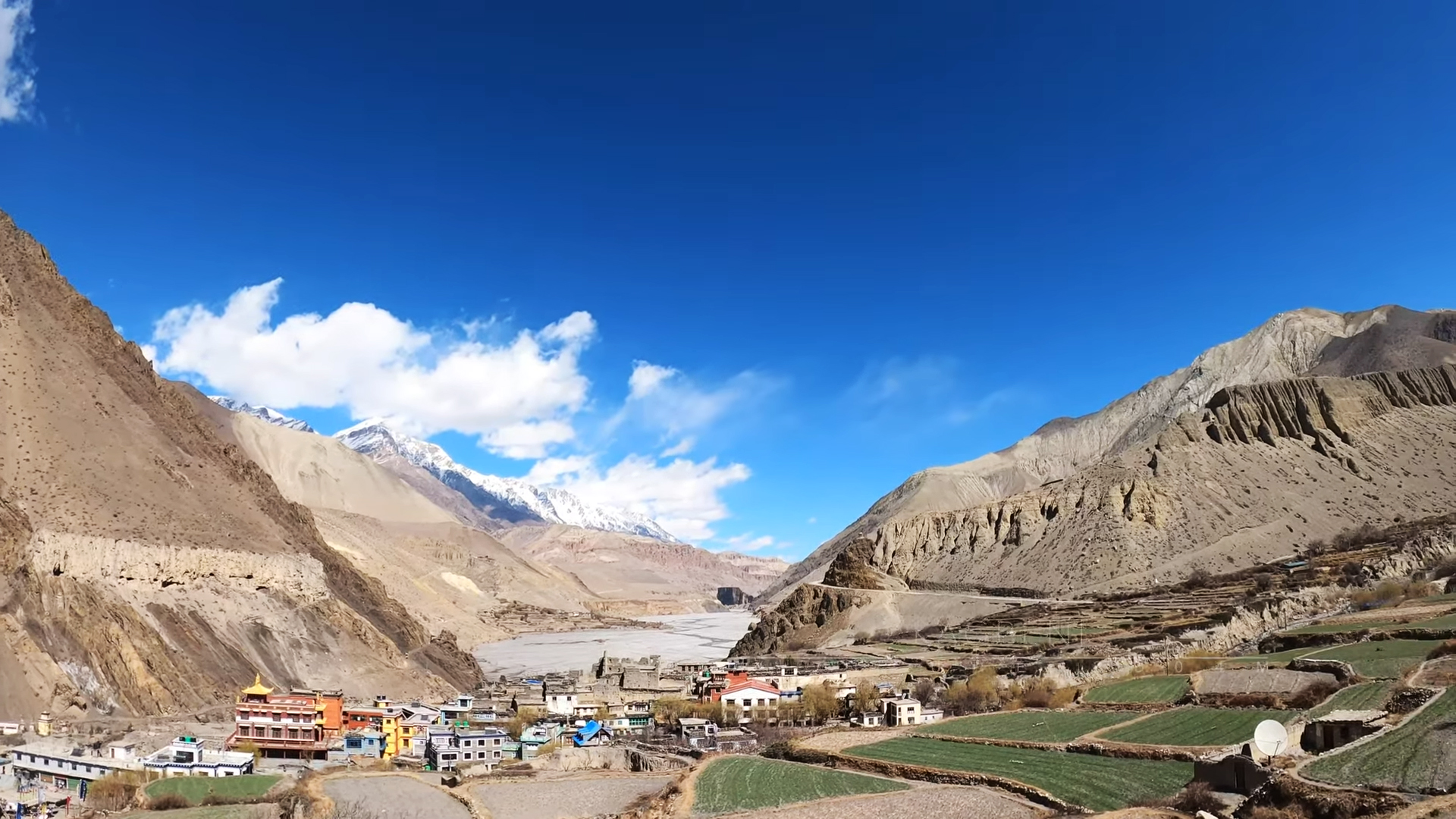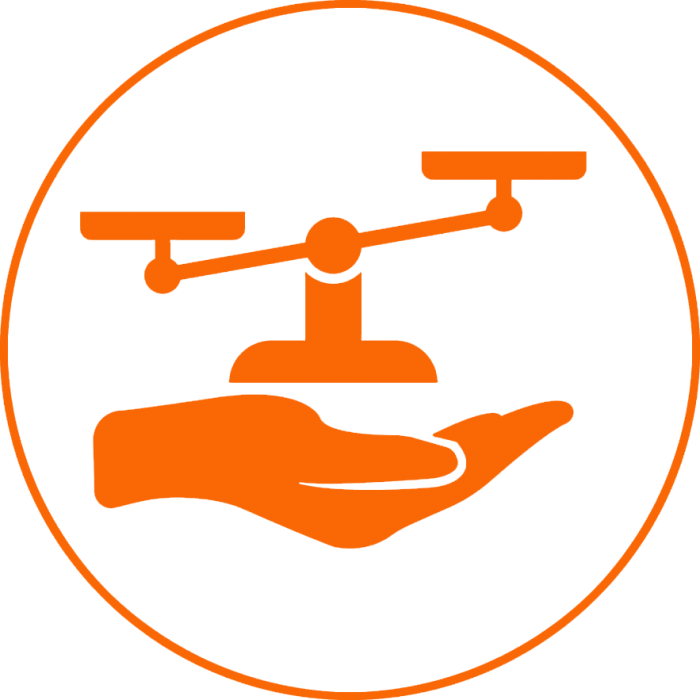Trip Overview
Introduction to Annapurna Circuit Short Trek
If your first love is trekking, then the Annapurna Circuit Short Trek is for you. An adventure in the desert that you probably don’t want to miss at any cost. Annapurna Circuit Trek is a wonderful trek among the various trekking routes in Nepal. Visit temples, monasteries, and some fascinating landscapes that satisfy your hunger and desire for natural and cultural fantasies. Familiarity with the rural lifestyle and unique traditions of ethnic groups encourages you to live happily ever after!
Treks take you from the lush subtropical zone to the desert alpine area to cross the challenging Thorong La Pass. The dramatic views of the Annapurna Range and Mount Dhaulagiri will motivate you to continue your journey. The trail continues through paddy fields, subtropical forests, incredible waterfalls, huge rocks, and many beautiful villages.
The Manang Valley is an isolated valley in the wilderness, like the desert area of the Annapurna region. It is a village of ethnic groups such as Tamang, Gurung, and Magar, which are mostly Buddhist. The isolated valley is the perfect place to explore the views of the mountains. From here, the view of mountains like Gangapurna, Chulu Mountains, Tilicho Peak, Kangaru Peak, and Thorong Peak is beautiful.
You may visit: Nepal Buddhist Tour in Just 9 days, Cost, Package, Kathmandu.
Popular Challenging pass in Annapurna Circuit Short Trek
Likewise, the Thorang La Pass is the highest in the world, offering a magnificent view of the mountains of the Annapurna region. The trek starts in the rural central mountains and reaches Thorang La Pass at an altitude of 5,416 meters, which is the highest and most challenging pass on the circuit. This impressive pass is the best point on earth to see the stunning beauty of the great Himalayas. Crossing the pass, we reach the famous spiritual center of both Hindu and Buddhist pilgrims, Muktinath.
Depending on the speed of the hiker, the duration of the side trip, and the rest of the days taken, the journey usually takes 10 to 15 days. Cozy teahouse accommodations and clean food are available along the trek, and apple pies are found in these tea houses anywhere on Earth. September, October, November, and December are the best times to trek in this area, but you can trek at almost any time of the year.
You may also like to visit: Nepal Pilgrimage Tour in just 10 days, ttinerary, Kathmandu, cost.
Trip Itinerary
Drive Kathmandu to Jagat (1,100m) - 8 to 9 hours.
Jagat to Dharapani (1,860m) - 6 to 7 hours walk.
Dharapani to Chame (2,630m) - 6 to 7 hours walk.
Chame to Pisang (3,300m) - 5 to 6 hours walk.
Pisang to Manang (3,570m) - 6 to 7 hours walk.
Rest day – Explore around Manang
Manang to Yak Kharka (4,110m) - 4 to 5 hours walk.
Yak kharka to Thorong Phedi (4,600m) - 4 to 5 hours walk.
Thorong Phedi to Muktinath (3,800m) via Thorong La Pass (5,416m) – 8 to 9 hours walk.
Muktinath to Jomsom (2,743m) - 5 to 6 hours walk.
Fly Jomsom to Pokhara (1,400m) – 20 minutes.
Drive Pokhara to Kathmandu – 7 hours.
Why not list the price?
Each client's needs may be different. The price of the trip varies according to the size of your group and the service you want. The cost of the trip is calculated according to the type of service and accommodation chosen by our customers.
Each trip is customized to fit the client's needs and group size, so the price of each organized trip is different. Please let us know the service you want and the size of the group. We create trips to suit your taste and travel budget per your requirements. Hope you find our price calculation reasonable according to your needs and preferences.
Frequently asked questions about this trip
How difficult is the trek?
The difficulty depends on where and how long you want to trek. The short trek is easy while the long trek requires some physical fitness.
What is altitude sickness?
Altitude sickness is normally known as acute mountain sickness. This can happen when people rapidly climb up to an altitude of more than 3000 meters. We ensure minimal risk by adding rest to our trekking itineraries. Most people will feel some effects of altitude, some shortness of breath and possibly light headache, this is normal enough. Acute mountain sickness patients are quite different and usually have a serious headache, sickness, and lose awareness. In almost all possible cases there are sufficient warning signs to take action properly. Descending to a lower altitude is usually enough to prevent any further problems.
What type of accommodation is available during the trekking?
There are mainly tea houses and lodges available for trekking and they are usually made using local materials and are very comfortable. These accommodations are often family-run and usually provide single and double rooms. The dining room is on the ground floor and is often on fire. All food will be cooked in order in the family kitchen. Toilet facilities are sometimes separate and sometimes outside. Most lodges provide mattresses and blankets. It's a good idea to always have a sleeping bag, which can be useful, and perhaps an inflatable pillow.
How long do we walk every day on trekking?
Trekking programs are classified into three different categories: soft, moderate and hard. Soft treks are only about 7 days to 10 days in duration. They generally do not go above 4000 meters; you can expect to walk about 4-5 hours each day. Moderate treks are challenging enough and long treks that go to the high hill country. Physically exhausting, this involves trekking along the cliffs of the mountains for about 6-8 hours. Harder treks are longer treks that go farther away from the general abode of trekkers and tourists. These physically challenging treks involve walking for 7- 9 hours each day.
How much weight do I need to carry on the trek?
You carry some of your personal belongings, such as warm clothing, water, snacks, sun block, cameras and more. Generally, these items will be lightweight, from 5 to 10kg (10 to 20 pounds). Our porters are available for other heavy goods and for your information one porter would be sharing by two people. The maximum weight carried by one porter is total 20 kg. this means 10 kg. per person is allowed for the trek. In case if you wish to carry more than this weight then you need to hire additional porters.
What is the best time for trekking in Nepal?
October and November are considered as the best times for trekking in Nepal due to dry season. December and January are also considered good times for trekking but it is extremely cold at high altitudes.
Google Reviews
Guest reviews
Thank you a lot for your organization about my trek. It was a superb experience; all was perfect. Karma is a very nice person and a good guide. I appreciated trekking with Odyssey (a reliable Nepal trek operator). If I come back to Nepal, I will be happy to...
Have just returned from my fourth trip to Nepal and as always Odyssey Treks organized everything superbly. We visited Makalu relatively late in the season and were rewarded with empty trails and amazing weather. Karma was as entertaining, friendly, and informative as ever along with Ang Dawa Sherpa who...

